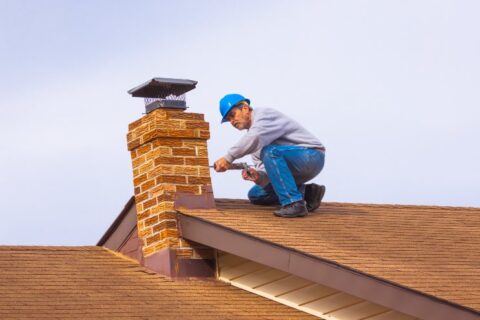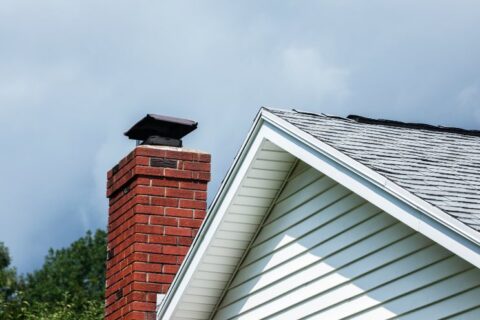Indoor Air Quality
When you think about air quality, the first thought that probably comes to mind is what the air is like outside. The thought of poor air quality conjures up images of skies impeded by smog or other waste put out by power plants and automobiles. But it’s just as important for you to think about the air quality inside your home — and unfortunately, it might not be that great.
And if you haven’t given the air quality in your home a second thought…well, you aren’t the only one. In fact, only 9 percent of Americans consider poor air quality to be a threat to their health, according to Consumer Reports. And as many as 70 percent of people don’t even think about it at all.
Why Should I Care About My Indoor Air Quality?
Here’s the thing: Poor air quality puts your health at risk. When you’re breathing in poor-quality air, you run the risk of irritating your eyes, nose, and throat. If you have respiratory or heart conditions, even something as common as asthma, the poor-quality air could potentially affect that. Children are especially at risk because they breathe more air than adults and their bodies have narrower air passages that are at greater risk of being obstructed by inflammation. Seniors make up another vulnerable population, as do active adults because of their increased breathing rate. So if you have a home gym, you want to take care and be conscious of the air quality inside your home — you’re breathing in a lot more of it than you would if you were sedentary. The EPA even notes that poor air quality can have long-term effects, such as increased disease.
Source of Poor Indoor Air Quality
“Wow,” you might be thinking. “I should pay more attention to the quality of my indoor air. I didn’t realize it was such a risk!”
But first…why? If you’re going to address the solution to the problem, you should start by considering the source behind it. So why is the air quality inside your home so bad? One major source of poor air quality, unfortunately, might be your fireplace and chimney. To be specific, it might be a very dirty fireplace or chimney. You might think of your fireplace as a very natural, safe source of heat — after all, you’re just burning wood. How bad can it be?
The reality is that the soot and gas given off by a burning fire result in combustion particles that diminish your air quality. When discharge from your fire is not able to make its way out the chimney as easily as it should, this means combustion particles are pushed back into your home. The best way you can get rid of these combustion particles is by having your chimney and fireplace cleaned by a professional every year. This eliminates the buildup from your fireplace and chimney, giving exhaust an efficient means of getting out of there.
The EPA agrees that furnaces, flues, and chimneys should be cleaned every year to improve the air quality both inside and outside your home, and if your chimney inspector finds any cracks or damaged parts, you should clean those as well. Additionally, if you are burning a fire in a wood burning stove, you should use extra precautions and make sure these are properly vented so their combustion isn’t going back into your home. This same value applies to space heaters, gas cooking stoves or ranges, and gas ovens. Make sure each of these appliances has an exhaust fan installed overtop of it.
Other Sources of Poor Indoor Air Quality
It’s not just what you’re burning that’s diminishing the quality of your indoor air. There are a few other obvious culprits. Things like air fresheners, scented candles, and incense can all contribute to poor air quality. Even though these can smell pleasant, their artificial scents contribute to indoor air pollution.
You also might be seeing poor air quality because of things like dirty humidifiers, range hoods, and furnace filters. Plus, if you smoke inside your home, your cigarettes could be diminishing the quality of air as well.
Finally, don’t forget that careful monitoring of toxic gases is an important move to make for ensuring healthy indoor air quality. Colorless, odorless gases like carbon monoxide and radon have the potential to kill your family and pets. Have sporadic radon testing done and install carbon monoxide alarms to ensure you catch these gases if they are present. When you notice high levels of these gases, take time to inspect any fuel-burning appliances such as your space heater to ensure they are not leaking.
If the thought of poor indoor air quality has you feeling a little nervous, then reach out to our team at Chimney TEK so we can take a look at your chimney. Call us today at (410) 796-8450.


